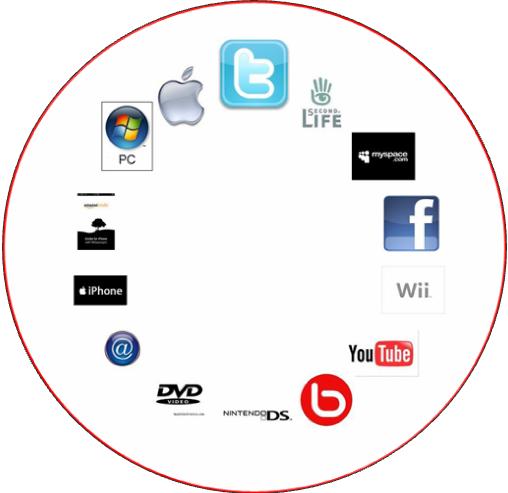“Brands will be more successful in this space by knowing who their target audience is, what content will be relevant for them and which platform will be most effective in reaching this audience.” Werner Brell, Red Bull
And with that quote, the managing director of Red Bull Media House lobbed a content grenade at every brand and media outlet trying to effectively move their best work in the direction of their rapidly moving audiences.
 Speaking at a Fast Company Co.CREATE panel, Brell issued an important challenge that goes beyond the cliché “content is king.” If you don’t have the best destinations for that content, you’re missing the big opportunity.
Speaking at a Fast Company Co.CREATE panel, Brell issued an important challenge that goes beyond the cliché “content is king.” If you don’t have the best destinations for that content, you’re missing the big opportunity.
We know that content creators – whether they’re PDs, jocks, or program hosts – are in short supply. At least the good ones. I hear from many station managers who lament that while there have been devastating industry layoffs and staffing cutbacks over the past several years, it has become even more difficult to find a great on-air communicator or the next genius programmer.
So when stations create great, good, or even run-of-the-mill content, what are the best distribution outlets available?
Sadly, many radio managers don’t really know the answers to Werner Brell’s challenge. Who is your target and who are your core fans? And which platform(s) are most effective in connecting with them?
After more than a dozen years of extensive web research, I can tell you that few really know the composition of their databases demographically (it often differs from what they see in Arbitron). Or the percentage of your audience that is on Twitter, discovers new music on YouTube, or would rather wake up first thing in the morning with Sports Center than your two-man local sports show.
Radio often spends more money researching whether “Call Me Maybe” is burned out rather than tackling the more salient issues that related to audience migration and the use of other platforms.
Most great radio brands have an opportunity to reach fans in a growing number of places. If they cultivated an audience on these platforms, they could a) begin to monetize these new spaces, and b) drive eyes and ears back to websites and their own air.
 And the big difference now is that great content can now be easily shared. Gone are the days when stations would produce wonderful special programming – to be aired once and forgotten. Today, content can be repurposed, repeated, accessed on-demand, posted on other platforms, and shared by listener communities.
And the big difference now is that great content can now be easily shared. Gone are the days when stations would produce wonderful special programming – to be aired once and forgotten. Today, content can be repurposed, repeated, accessed on-demand, posted on other platforms, and shared by listener communities.
But you have to know who they are and where they live when they’re not listening to you.
In late January, we’re going back to the field with what will be the biggest radio research study in history – and your station can play a lead role. Click here for details on learning about and signing up for Techsurvey9 and let’s take that all-important journey together.
It’s time we stopped debating digital, and started proactively figuring out how to manage our best radio brands into the future.
A great new year’s resolution would be to make 2013 the year your station, cluster, and company strategically starts making these moves.
- Media And Technology In 2025: Believe It Or Not! - April 18, 2025
- In Radio, You Just Never Know - April 17, 2025
- The Secret To Making A Great Podcast (And Great Radio) - April 16, 2025




Leave a Reply